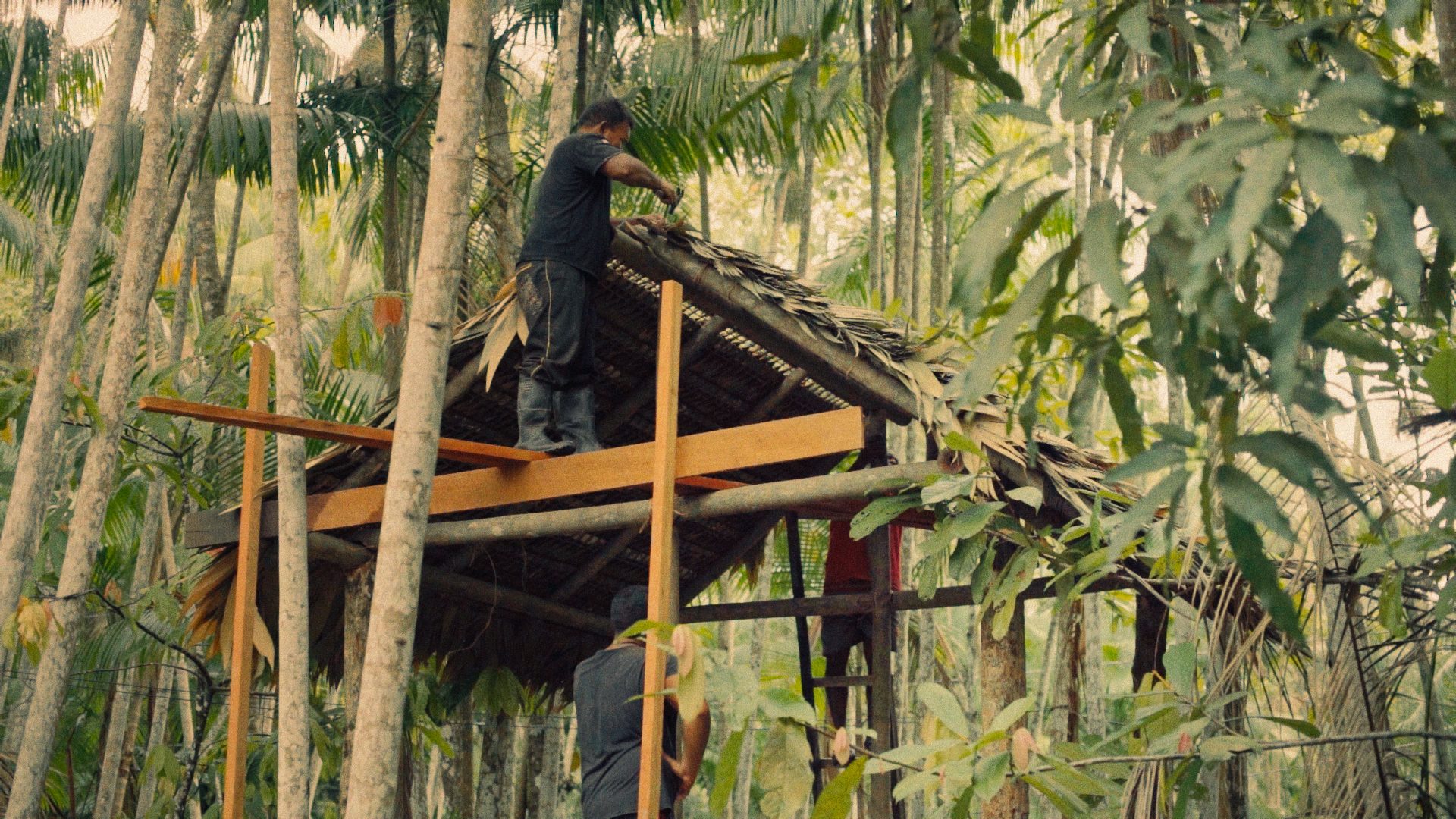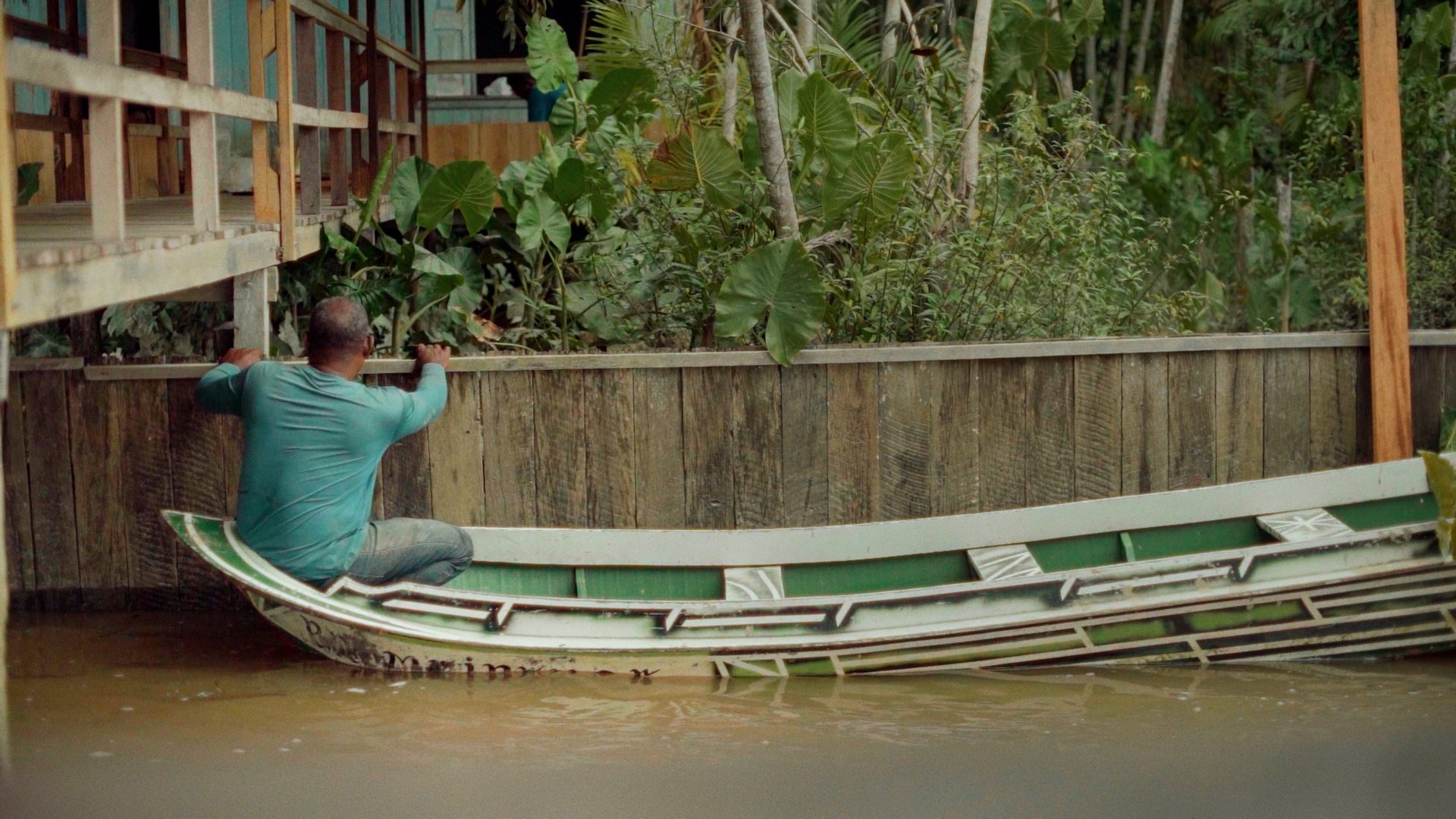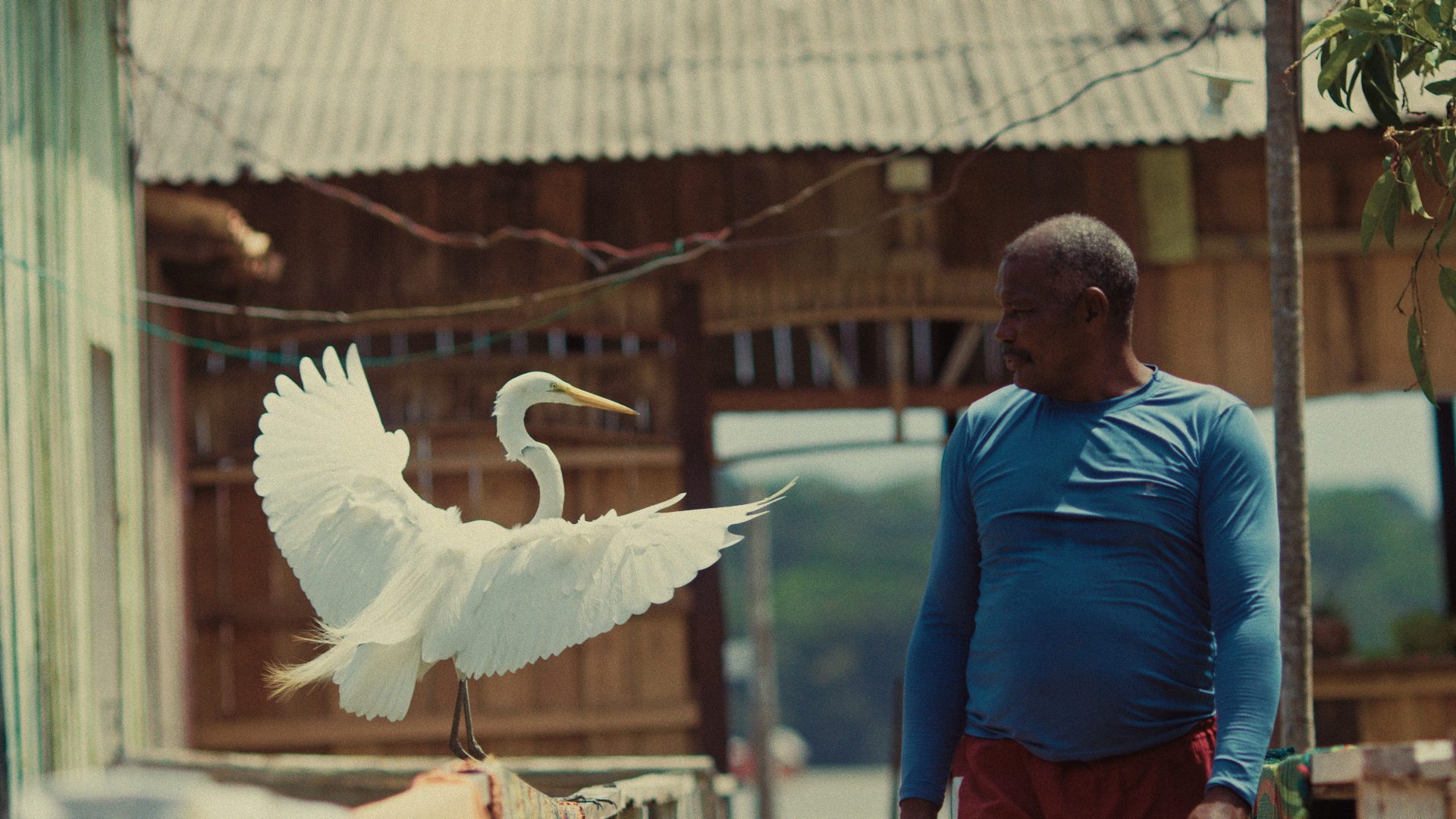Project implementation: Brazil
Project development: Brazil
The documentary Carpinteiros da Amazônia is the result of research by Guá Arquitetura, dedicated to recording and promoting riverside carpentry, an ancestral craft that has shaped the way of life of Amazonian communities for centuries.
The work covers islands and riverbanks, such as Murutucu, Combu, Acará and Marajó, revealing that carpentry is not just a construction technique, but also a cultural manifestation that expresses ways of life, family memories and deep ties with the forest and rivers.
The film captures the way Amazonian dwellings are built, bearing the unique mark of their masters, artisans who transform wood into shelter and identity.
The narrative is driven by the stories of Masters such as Josa, Edson, Oseas, Edinaldo, and Valdiley, who represent different trajectories within the craft, their perspectives represented by authorial lines that stand out from one another, like an artist's own. At the same time, the documentary does not shy away from the challenges that threaten this legacy: the replacement of wood with masonry, the predatory exploitation of forests, the lack of public policies to promote their value, and, above all, the growing disinterest of new generations in pursuing the craft.
More than a documentary, the film serves as a manifesto of resistance. It seeks to raise awareness of the importance of keeping alive a practice that synthesizes technical and cultural knowledge and reflects a balanced relationship between society and nature. The documentary shows how master carpenters share their knowledge and reinforce the social dimension of carpentry, strengthening the self-esteem and relevance of communities.
The film, therefore, doesn't simply chronicle the past of a tradition. It heralds possibilities for the future, by highlighting master carpenters who continue to build with wood and by showcasing houses that have become aesthetic landmarks for the local community.
Carpinteiros da Amazônia is, therefore, a manifesto for the standing forest, for the transmission of knowledge and for the permanence of a profoundly human architecture, born from the encounter between river, wood and riverside communities.




